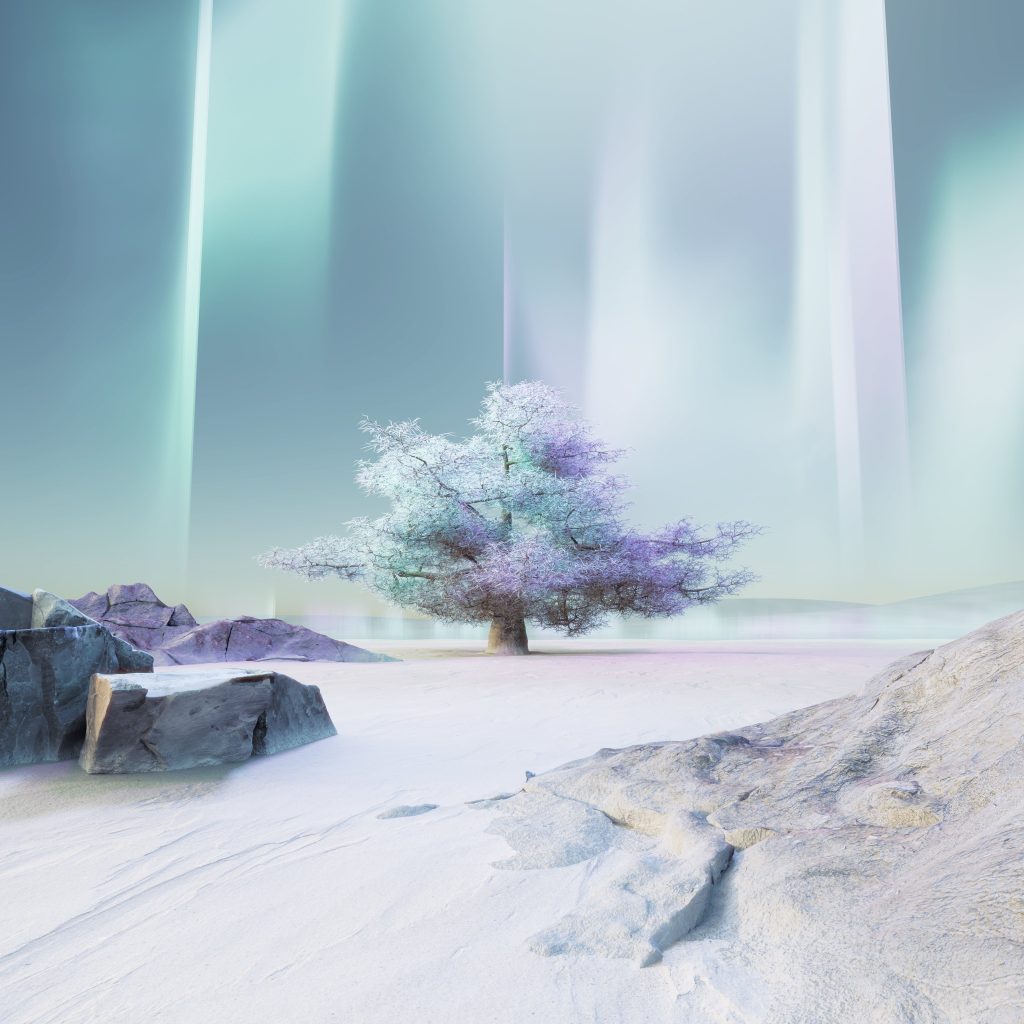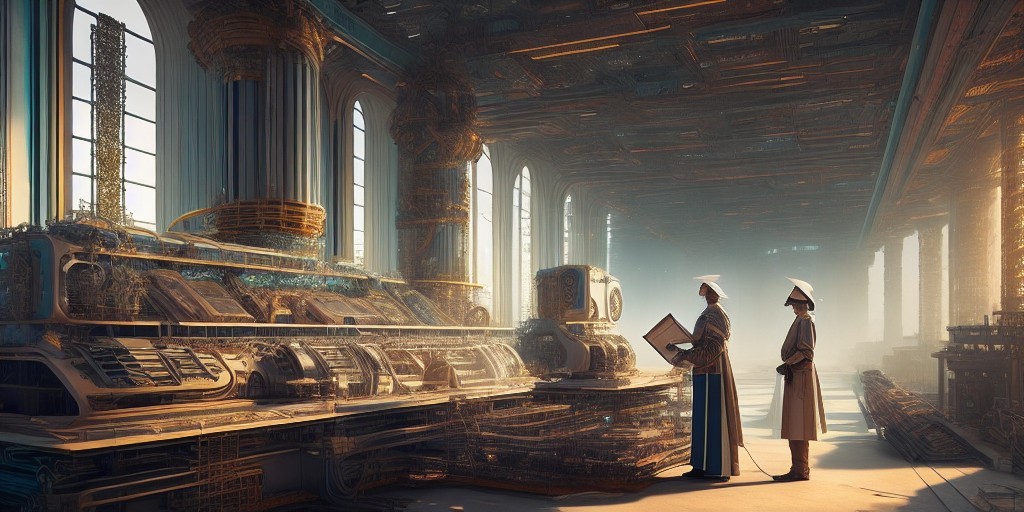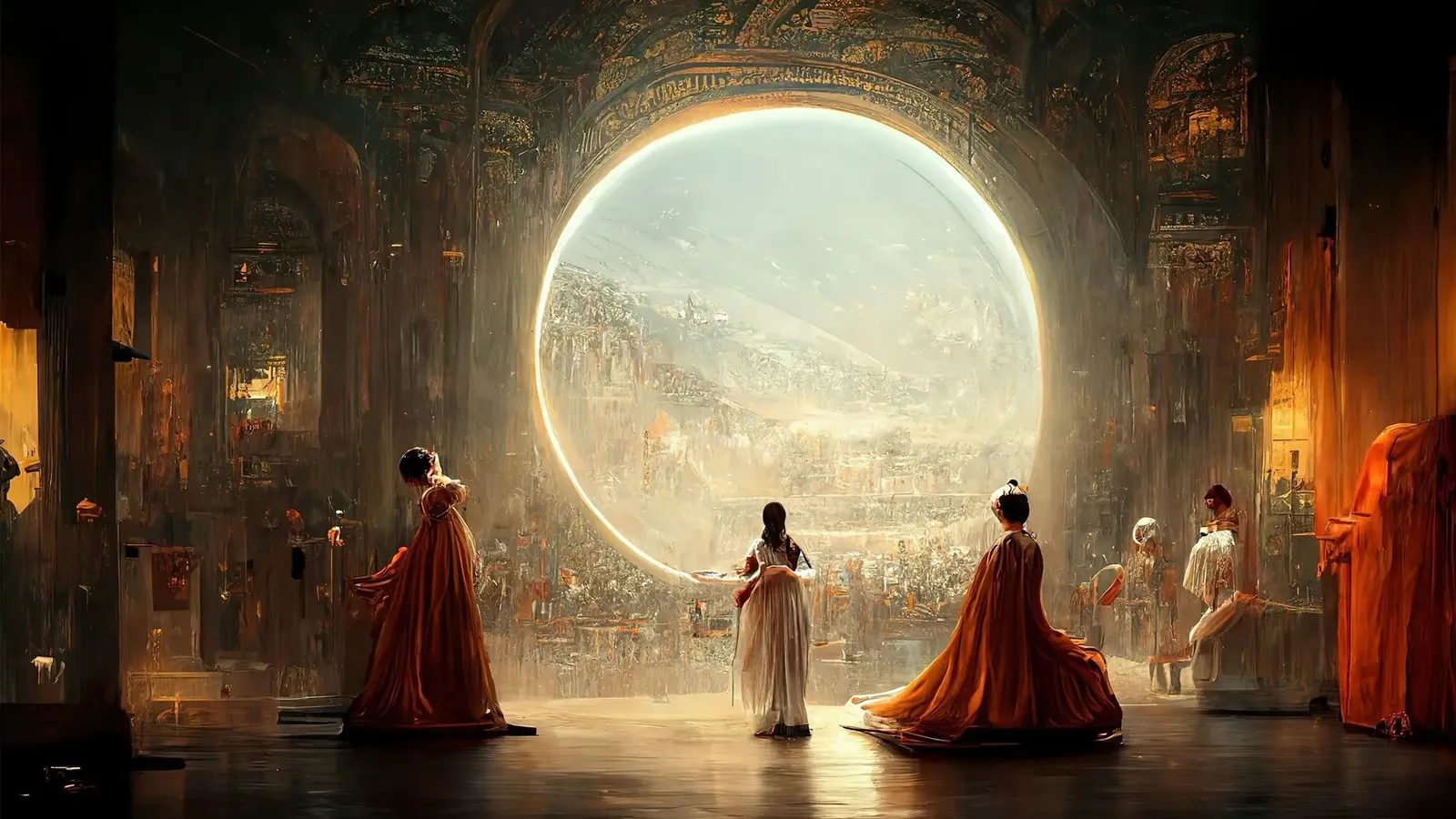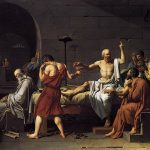The widespread debate surrounding AI-generated art and censorship is becoming increasingly controversial, reflecting a sharp split in public opinion with regards to the authenticity and legitimacy of art produced by AI tools such as Stable Diffusion, DALL-E, and Midjourney. On the one hand, supporters applaud these new technological break-throughs for democratizing the creative process, But on the other hand, skeptics question the originality and ethical implications of machine-generated art. This dispute is currently escalating, as some art platforms move to ban or censor AI-generated art, expressing concerns over artistic integrity and copyright complications.
According to Dr. Jane Smith, a well-established digital art specialist, “The intersection of art and AI challenges our traditional notions of creativity and authorship”. The subject matter raises various questions: How can we define art in the age of artificial intelligence?. And perhaps, more importantly, Should AI-generated art be subject to the same standers and regulations as human-created art?
As we grapple with these compact quandaries that seam to challenge our conventional diameters, the dialogue between art and AI continues to evolve, Thus, reflecting our ever lasting responsibility to balance technological advancement with artistic and ethical values.
The BLURRY Legal Basis Between AI and Intellectual Property
Platforms like Newgrounds, Artgram and fur affinity are currently prohibiting AI-generated material, mainly due to rising concerns about copyright infringement. These AI-generated Art forms, typically depend and draw from pre-existing, human-generated art, resulting in a perplexed legal and regulatory conundrum. The clarity around the regulatory basis of AI-generated art remains unsettled, as global trademarks authorities are still assessing the situation, the World Intellectual property Organization (WIPO) have yet to issue precise and definitive guidelines. Ex-WIPO president Francis Gurry stressed the absurdity of assigning ownership rights to AI creations during a 2019 summit in London.
As exemplified by the DABUS case, current legal concerns around AI focus primarily on patents. The DABUS dispute is about whether Stephen Thaler’s AI model should obtain a patent for its inventions, a case that holds major significant for the future of intellectual property rights in the era of AI. On that account, as legal framework expends, authorities will need to address the rising issues put forth by IA and its intersection with art, authorship, and originality, in addition to the application of existing copyright laws to creations that blur the lines between human and machine input.

The Rise of AI-Generated Art Tools
In the creative sphere, the most recent AI-generated art tools have been nothing short of evolutionary. these sophisticated models, such as DALL-E, Artbreeder, and runway ML, have democratized art creation providing users with the luxury of an artistic experience. AI-powered tools, with the ability to produce imagery, music, and even complete tales, have expended the borders of what is possible in the sphere of artistic creations. Moreover, the radiation of AI-generated materials has spread beyond the creative community, infiltrating a verity of businesses, from advertising, entertainment, to fashion, AI pervasiveness reflects its transformational potential in changing the future of artistic expression and communication at large.

WIPO’s Impact on AI Copyright Policies
The World Intellectual Property Organization, is the main source shaping copyright regulations in the context of AI-generated materials. As AI-generated art work grows more common, WIPO has recognized the urging necessity to pose regulations and guidelines. One of the most important outcomes of WIPO’s engagement has been the start of global talks on AI in relation to intellectual property. Whereas in 2019, WIPO organized a summit in London that brought together academics, policymakers, and stakeholders to discuss the junction of AI and IP rights.
Although, the summit did not produced a final resolution or a policy statement, still, WIPO’s involvement has underlined the urgency of sorting out authorship, ownership, and copyright issues in the sphere of AI generated art. These discussions seek to establish a balance between encouraging innovation and creativity, while protecting the broad interest and providing fair compensations. WIPO’s dedication in providing a forum for these vital discussions reflects the organization commitment to adapt the international copyright framework to the evolving and ever fluctuating digital landscape.







